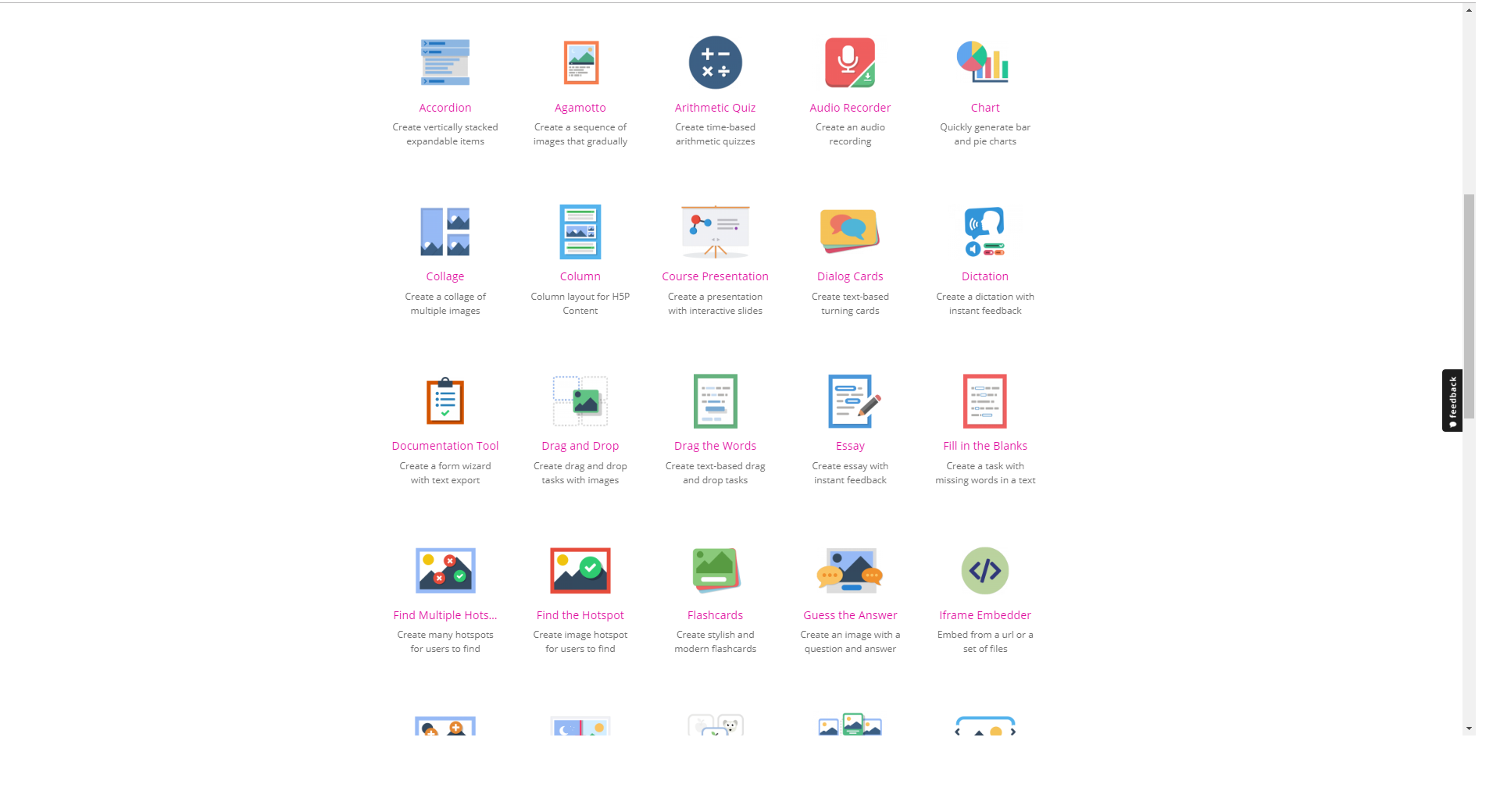H5P Conference recap 2018

H5P is a free and open-source interactive content creation tool giving educators access to more than 30 different interactive content types. These content types can be interactive videos, quizzes, and flashcards, which can be easily created without any technical expertise, and shared and reused in most learning management systems. This allows teachers and learning designers to create active learning opportunities in their own classrooms and contexts.
The 2018 H5P Conference was the first time where the community was invited to play an active role in the inspiration, sharing and building of knowledge of the tool.
Key conference themes
The conference focussed on three themes:
- For software developers: Teaching developers to integrate and customise H5P so they can help their organisations make the most of the tool
- For content creators: Tips and tricks from experienced H5P users on how to use the tool efficiently; what content works in what content types
- For academic researchers: A look into H5P’s potential to improve education and training.
Conference takeaways
The following H5P tools were announced as available as beta learning interactives next year:
Other exciting news in the H5P pipeline include:
- A responsive full-screen editor
- A content hub to share and reuse content
- Improved reporting systems
- Back-end evaluation of answers
- In-place editing
- Add-ons
- Multiplayer and multi-user interactives
Recap of Learning & Teaching Services presentation
Scaffolding assessment completion through the support of H5P learning interactives by Ges Ng and Rebecca Rosemoore
Retaining students to achieve successful outcomes is a complex and challenging task but a vital performance indicator for education institutions globally. Despite years of research, the fundamentals of successful student outcomes in tertiary education remain unchanged. Key areas which were found to impede student success were student academic preparedness and experience (Thomas, 2002).
Drawing on Navitas good practice and an international body of research we reaffirm what we already know – that retention is very complex and requires a number of interconnected leavers and actions. In 2018, a retention pilot was undertaken in an Academic Skills unit within a college, designed to lift student success and ultimately retention. The project aimed to implement strategies to provide students with scaffolded learning, well-designed assessments, timely and affirming feedback and active learning opportunities. Leveraging on technologies and blended learning design, we utilised HTML5 Package (H5P) learning interactives to implement part of our overall strategy.
In our conference presentation, we focussed on the design of learning interactives created to scaffold students’ abilities to complete a 1500-word essay. This essay helped students develop key academic skills to succeed at a tertiary institution and had an impact on their overall performance in the unit. H5P was incorporated to reduce complexity by adding structure to the essay tasks and provided students with active learning opportunities.
The learning design and timing of these H5P learning interactives started in-class and continued as post-class activities to support students in the application of their knowledge. Although the main aim of each H5P learning interactive was to scaffold learning related to essay writing, it was also designed to offer guidance on concepts, processes and procedures to assist students who were unfamiliar with online learning. By integrating H5P into learning design, we aimed to support the development of self-directed learning to enable students to succeed once they matriculated into the partner university.
Our findings show that over time, there was a 9% increase in student assessment submission and an increase in student competency using H5P. These results suggest that scaffolded H5P activities may have increased student motivation and added task value. It may have also supported the development of student self-regulated skills and assisted teachers in integrating technology in and beyond the classroom.
Explore the presentation below.
For additional tips for how to use H5P, visit the links below:
Visit the H5P conference website for more details about the event. To continue the conversation about H5P contact Ges Ng or Rebecca Rosemoore, or share your thoughts and ideas from the conference via Yammer, Twitter and/or LinkedIn with the hashtag #h5pcon2018.
